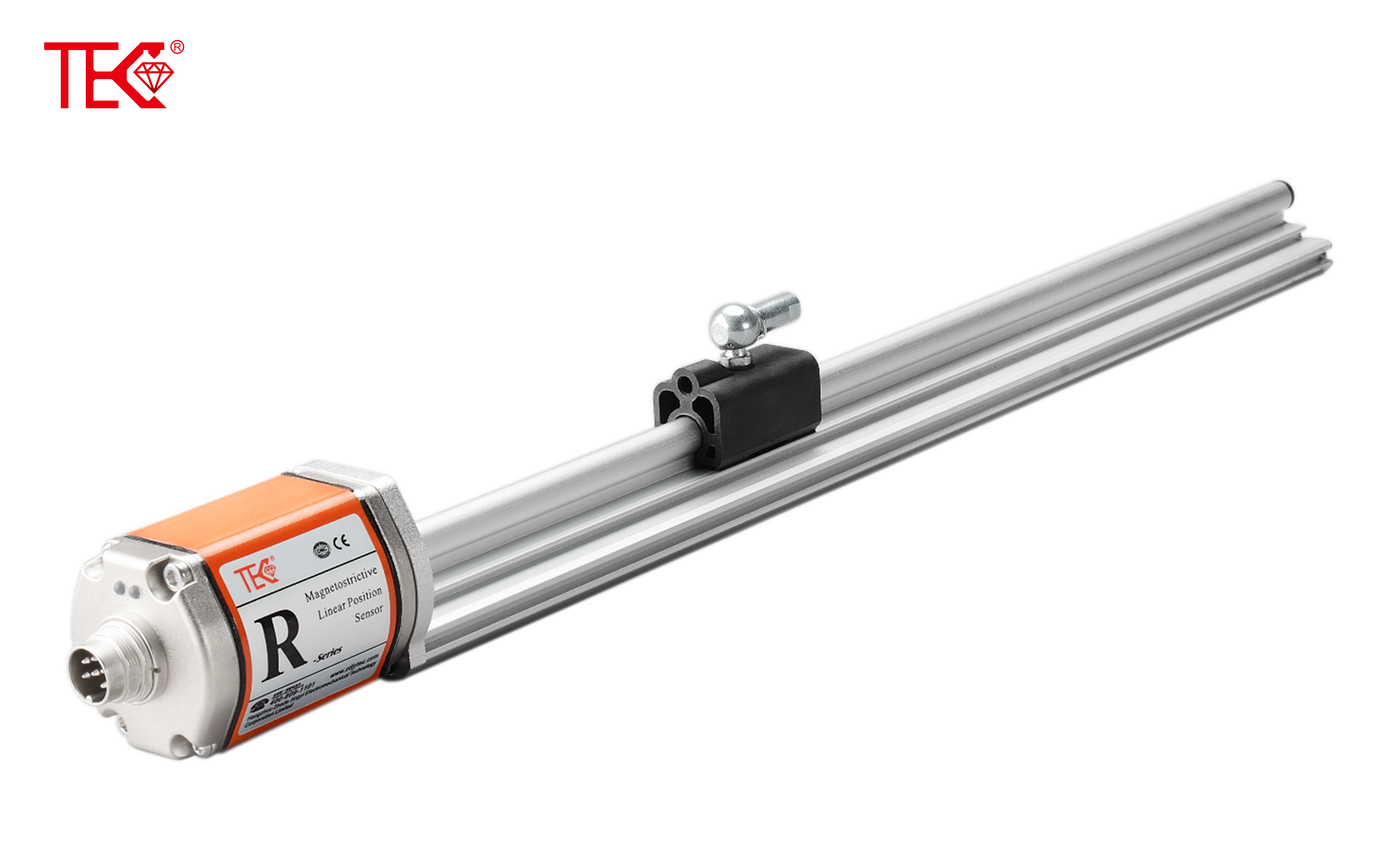What Factors Affect the Performance of a Magnetic Scale Displacement Sensor?
**What Factors Affect the Performance of a Magnetic Scale Displacement Sensor?**
In the realm of precision measurement and industrial automation, magnetic scale displacement sensors play a pivotal role. These sensors are designed to detect minute changes in position, often with extreme accuracy, making them indispensable in various applications ranging from machine tools to robotics. However, the performance of these sensors is not solely determined by their inherent design but also by a range of external and internal factors.
**Sensor Design and Materials**
The fundamental building blocks of a magnetic scale displacement sensor's performance lie in its design and the materials used. The choice of magnetic material, for instance, significantly impacts the sensor's sensitivity and stability. High-performance magnets, such as neodymium-iron-boron (NdFeB), offer superior magnetic field strength, while advanced magnetic scales made of non-magnetic materials ensure precise readings. The design of the sensor's electronics, including the choice of microcontrollers and signal conditioning components, also plays a crucial role in determining its overall performance.
**Environmental Conditions**
Environmental factors have a profound effect on the performance of magnetic scale displacement sensors. Temperature fluctuations, for example, can cause changes in the magnetic properties of the materials used, affecting the sensor's accuracy. Moisture and dust can also degrade the sensor's performance over time by corroding components or interfering with the magnetic field. Additionally, electromagnetic interference (EMI) from nearby devices can introduce noise into the sensor's readings, compromising its precision.
**Installation and Alignment**
The installation and alignment of a magnetic scale displacement sensor are crucial factors that determine its performance. Improper installation can lead to inconsistencies in the sensor's readings, while misalignment between the sensor and the magnetic scale can result in errors and reduced accuracy. Ensuring that the sensor is securely mounted and precisely aligned with the scale is essential for optimal performance.
**Maintenance and Calibration**
Regular maintenance and calibration are essential for maintaining the performance of magnetic scale displacement sensors. Over time, components within the sensor can wear down or become contaminated, affecting its accuracy. Regular cleaning and inspection, as well as calibration using precision instruments, can help restore the sensor's performance and ensure that it continues to meet the required specifications.
**Conclusion**
The performance of a magnetic scale displacement sensor is a multifaceted phenomenon, influenced by a range of factors from its inherent design and materials to external environmental conditions and installation practices. Understanding and addressing these factors is crucial for ensuring that the sensor delivers the required accuracy and reliability in various industrial applications.
 How to choose a magnetostricti
How to choose a magnetostricti
 Where can the magnetostrictive
Where can the magnetostrictive
 How to choose a magnetostricti
How to choose a magnetostricti
 Working principle of explosion
Working principle of explosion
